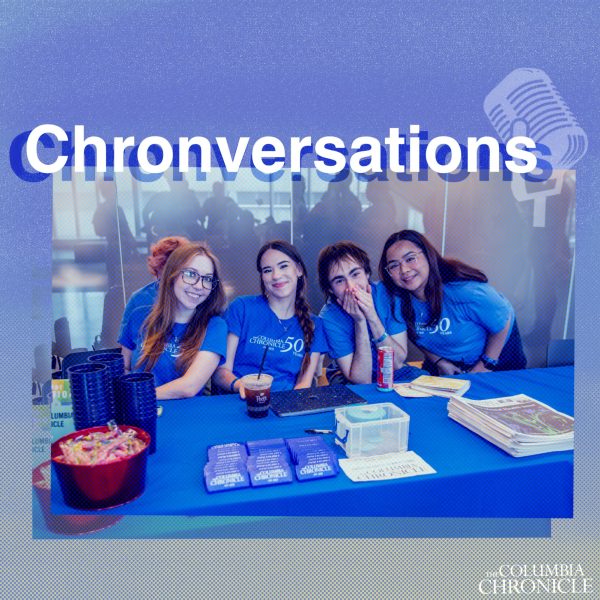Bike cops roll back crime rates
May 4, 2014
In an effort to make police more “mobile, social and interactive,” the Chicago Police Department plans to deploy more than 140 officers on bikes to patrol 20 high-crime areas on the South and West Sides.
Mayor Rahm Emanuel and CPD Superintendent Garry McCarthy announced the initiative April 18 as a part of its Operation Impact program, which the CPD launched in October 2013 to increase the number of officers in the city’s most violent zones, according to an April 18 CPD press release.
The 20 impact zones, identified by a three-year CPD analysis, account for only 3 percent of Chicago’s total population, but 20 percent of crimes happen in those areas, according to the press release.
CPD spokesman Adam Collins said deploying officers on bicycles in areas with high crime rates would allow residents to interact with the officers and notify them of suspicious activity.
“Officers on bikes are more nimble and mobile than officers on foot, which makes the response a little easier,” Collins said. “They also have more flexibility than an officer in a patrol car.”
Collins said officers undergo three months of bike patrol training and are accompanied by seasoned officers to ensure their safety and the effectiveness of the patrol. Officers in vehicles will maintain a strong presence in the impact zones, Collins said.
Targeted areas include the South Side, Englewood and Washington Park. In Auburn Gresham, some residents have begun to notice a drop in crime because of the presence of police on foot patrol. Carlos Nelson, executive director of the Greater Auburn Gresham Development Corporation, said the bike patrol is comforting.
“The most important aspect of the fight to reduce crime is visibility by not only the police but visibility by adults, parents and community leaders,” Nelson said. “I was in a meeting with several local business owners this week and they mentioned the bike patrollers and the officers on foot really made a big difference.”
Nelson said the Auburn Gresham community has established its own task force to accompany foot patrol officers.
“We have instituted a private security pa trol that doesn’t displace or replace the police but is there to act as an aid and an extra pair of eyes,” Nelson said. “It really is working in conjunction with the police.”
Bicycle officers have been patrolling the South Side for more than two years, said Angela Hurlock, executive director of Clar-etian Associates, a South Side community-building organization.
“We were very pleased with this,” Hurlock said. “Officers were very personable and be- ing out there with the residents on a bike makes the police seem so much more a part of what is going on. They have the ability to be more personable.”
During a Chicago Alternative Policing Strategy meeting, Hurlock said officers met with South Side residents who expressed sat- isfaction with increased bike patrol.
“You see somebody and [they are] not masked by a vehicle, but they are actually out there with you,” Hurlock said.
Despite claims that bike cops are already making a difference, John Hagedorn, a professor of criminology at the University of Illinois at Chicago, said in an emailed statement that there is no direct correlation between officers on bicycles and lower crime rates, and it is just another effort by the CPD to trick the public.
“Why would there be any results from riding bikes except better-conditioned police?” Hagedorn said in the email. “The only story here is the perpetual spin machine of the CPD.”
Collins said the CPD will extend bicycle patrol throughout the summer months if it proves successful.
“It will have a benefit, both on the impact of reducing crime and also in our abilities to continue those really positive and important relationships with the communities that we serve,” Collins said.







